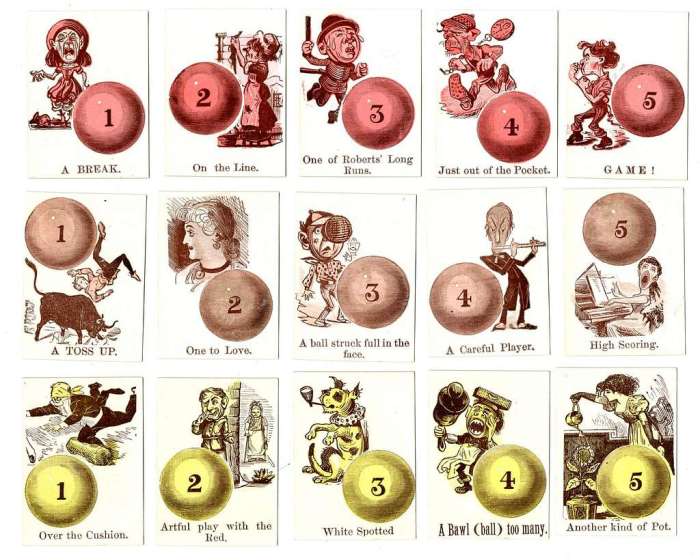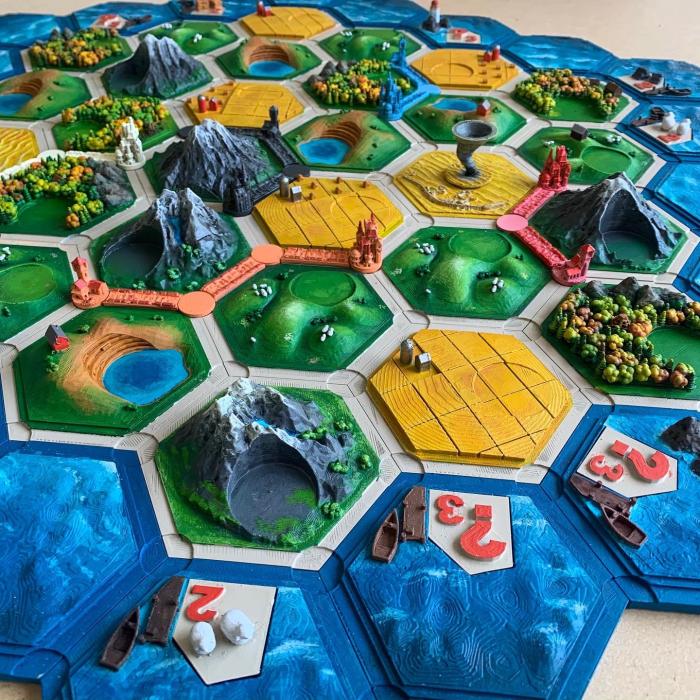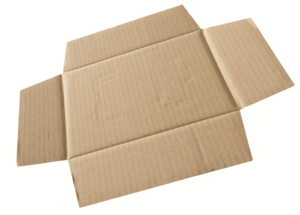
Print and play card games are an exciting way to enjoy gaming without the need for expensive components or complicated setups. They allow players to print out game materials at home, offering a unique blend of creativity and convenience that traditional games often lack.
These games come with various engaging mechanics, making them accessible to both casual and hardcore gamers. With a plethora of options available, players can easily find games that suit their tastes, from strategic challenges to lighthearted fun, all while enjoying the benefits of easy assembly and cost-effectiveness.
Overview of Print and Play Card Games
Print and play card games have gained significant popularity as a flexible and accessible way for players to enjoy various gaming experiences without the need for extensive physical components. These games allow players to download game files, print them out at home, and quickly assemble their own versions of the games, making them a favorite in the gaming community for their convenience and cost-effectiveness.
With the rise in digital platforms, print and play games have become more prevalent, allowing designers to share their work directly with players, fostering creativity and innovation in the gaming space.The concept of print and play card games revolves around the idea that players can create their own game components from readily available resources. Typically, these games are designed with clear printing instructions and require minimal assembly.
Benefits include affordability, as players avoid the costs associated with traditional board games, and accessibility, allowing gamers worldwide to partake in unique gaming experiences without geographical or financial barriers. Some popular examples of print and play card games include “The Mind”, which challenges players to play cards in ascending order without communicating, and “Fleet”, which involves strategic card play to establish fishing fleets and score points.
Both games exemplify engaging gameplay mechanics that do not require elaborate components, making them ideal candidates for print and play formats.
Resources for Printing and Assembling Games
To successfully print and assemble a print and play card game, certain resources are commonly required. Understanding these necessities helps streamline the experience and ensures optimal gameplay.
Printer
A good quality inkjet or laser printer is essential for producing clear and legible game components. High-quality printing can enhance the overall aesthetic and functionality of the game.
Paper
Utilizing cardstock or thick paper improves the durability of the cards. Standard printer paper may suffice for prototyping, but cardstock offers a more professional finish and longevity.
Scissors or Craft Knife
Precise cutting tools are necessary for accurately trimming out cards and components. A craft knife with a cutting mat can yield cleaner edges than scissors.
Adhesives
For games that require assembly beyond just cutting, such as creating boxes or folding components, glue sticks or double-sided tape can be effective for securing pieces together.
Sleeves
Card sleeves are recommended for protection, especially if the game is intended for repeated play. They help maintain the quality of printed cards over time.
Access to Game Files
Players need to locate and download the game files, which are often available on various gaming websites or platforms. These files typically include PDFs or other formats that contain all necessary components.The integration of these resources allows players to efficiently transition from digital design to tangible gameplay, ensuring that the fun of print and play card games can be enjoyed with minimal barriers.
Comparison with Other Game Genres

Print and play card games hold a unique position in the gaming landscape, bridging the gap between traditional board games and the modern digital realm. This comparison will explore how print and play card games differ from traditional board games, their interactions with online gaming, and how they relate to arcade games. Each of these comparisons sheds light on the distinct qualities that make print and play card games an appealing choice for gamers.
Differences Between Print and Play Card Games and Traditional Board Games
While both print and play card games and traditional board games provide engaging gameplay experiences, they differ significantly in terms of accessibility and production. Print and play card games allow players to download and print game components at home, eliminating the need for retail distribution and production costs. This approach fosters a creative environment where designers can easily test and share new ideas.In contrast, traditional board games typically involve a physical product that requires manufacturing and shipping, often leading to higher costs and longer release times.
Players might find themselves waiting months for new titles to hit the shelves, whereas print and play games can be enjoyed almost immediately upon release. Furthermore, print and play games often encourage customization, allowing players to modify rules and components, offering a personalized gaming experience that traditional board games may not provide.
Social Interaction and Gameplay Experience Compared to Online Games
Print and play card games also present a different social dynamic when compared to online games. While online games often leverage digital interaction, print and play games prioritize face-to-face engagement. Players gather around a table, share experiences, and communicate directly, which can enhance social bonds and create memorable moments.The tactile experience of handling physical cards and components cannot be replicated in the digital world, adding to the overall enjoyment of in-person play.
Conversely, online games can facilitate global interactions, allowing players to connect across vast distances. However, these interactions may lack the depth and intimacy found in face-to-face gatherings, which are a hallmark of print and play experiences.
Similarities and Differences with Arcade Games
When comparing print and play card games to arcade games, both genres strive to entertain, yet they do so through different mechanisms. Arcade games are typically fast-paced, skill-based experiences designed for quick play sessions, often featuring vibrant graphics and sound effects. They thrive on the immediate gratification of achieving high scores or beating levels.Print and play card games, in contrast, tend to focus on strategy and tactical decision-making.
Players often engage in longer, more contemplative gameplay sessions that can involve complex strategies and interactions. While both formats can be social, print and play games emphasize collaboration and conversation over competition and quick reflexes.
“Print and play card games harness creativity and community, offering a distinct experience in the broader gaming landscape.”
Creating Your Own Print and Play Card Game
Designing a print and play card game can be an exciting and rewarding venture. With the right approach, you can create a unique gaming experience that reflects your creativity and engages players. This guide provides a step-by-step process to help you navigate through the design, development, and playtesting phases of your card game.In creating a print and play card game, a clear understanding of its essential components is crucial.
The core elements include the cards themselves, comprehensive rules, and engaging game mechanics that ensure a fun and balanced experience.
Step-by-Step Guide to Game Creation
Follow these steps to effectively create your print and play card game:
1. Concept Development
Start with a basic idea or theme. Consider what kind of game you want to create, such as strategy, party, or deck-building. Artikel your objectives and the experience you want to deliver to players.
2. Designing Game Mechanics
Establish the mechanics that will govern gameplay. This includes deciding how players will interact with the game, how turns will be structured, and how the game will progress. Think about mechanics that enhance player engagement, such as resource management or cooperative play.
3. Card Design
Create the cards that will be used in your game. Each card should have clear and intuitive visuals that represent its function. Consider using a combination of graphic design software and templates to create professional-looking cards.
4. Rules Creation
Write clear, concise, and comprehensive rules. Make sure to detail the setup, turn order, actions players can take, win conditions, and any special rules. It is essential that the rules are easy to understand and follow.
5. Prototyping
Assemble a prototype of your game using simple materials, such as paper and markers. The objective at this stage is to visualize the game and refine your concepts without investing too much time or money.
6. Playtesting
This stage involves testing your game with actual players to gather feedback. Pay attention to how players interact with your game, the pacing, and any confusion regarding the rules.
Components of Card Game Design
Critical components of a print and play card game include:
Cards
The primary element of your game, which can include different types (character, action, resource, etc.) and a variety of designs for aesthetics and functionality.
Rules
A comprehensive document that serves as a guide for players. It should cover all aspects of the game, from setup to gameplay and scoring.
Game Mechanics
The systems and rules governing play, including turn structure, interaction methods, and win conditions.It’s important to ensure that each component works harmoniously to create a seamless experience for players.
Tips for Playtesting and Feedback Gathering
Playtesting is vital for refining your game, and here’s how to make the most of it:
Diverse Player Groups
Test your game with various groups of players to gain different perspectives. This includes friends, family, and strangers who may not have a vested interest in the game.
Observation and Note-taking
While playtesting, observe players closely. Take notes on their reactions, strategies they employ, and any confusion that arises regarding the rules.
Feedback Sessions
After gameplay, hold a feedback session where players can share their thoughts. Ask specific questions about what they enjoyed, what was confusing, and any suggestions for improvement.
Iterate Based on Feedback
Use the feedback to make necessary adjustments to the game. This iterative process is crucial for honing your game mechanics and ensuring a balanced gameplay experience.
Continuous Testing
Even after initial adjustments, continue to playtest throughout the design process. This ongoing evaluation helps you identify any new issues as they arise.Incorporating these steps will guide you through the creation of your own print and play card game, transforming your initial concept into a refined product ready for players to enjoy.
Final Summary

In summary, print and play card games not only provide an affordable way to dive into gaming but also foster creativity and community among players. Whether you’re crafting your own games or enjoying the vast array of existing titles, the world of print and play is filled with endless possibilities waiting to be explored.
Top FAQs
What are the main benefits of print and play card games?
They are cost-effective, easy to access, and allow for creativity in game design.
Do I need special equipment to play print and play card games?
All you need is a printer, scissors, and sometimes dice, depending on the game.
Can I find print and play card games for all age groups?
Yes, there are print and play games designed for various age ranges and skill levels.
Where can I find print and play card game resources?
Many board game websites and platforms offer downloadable print and play games for free or for purchase.
How do I playtest my own print and play card game?
Gather a group of friends or family to test your game, take notes on their feedback, and adjust the rules or components as needed.





